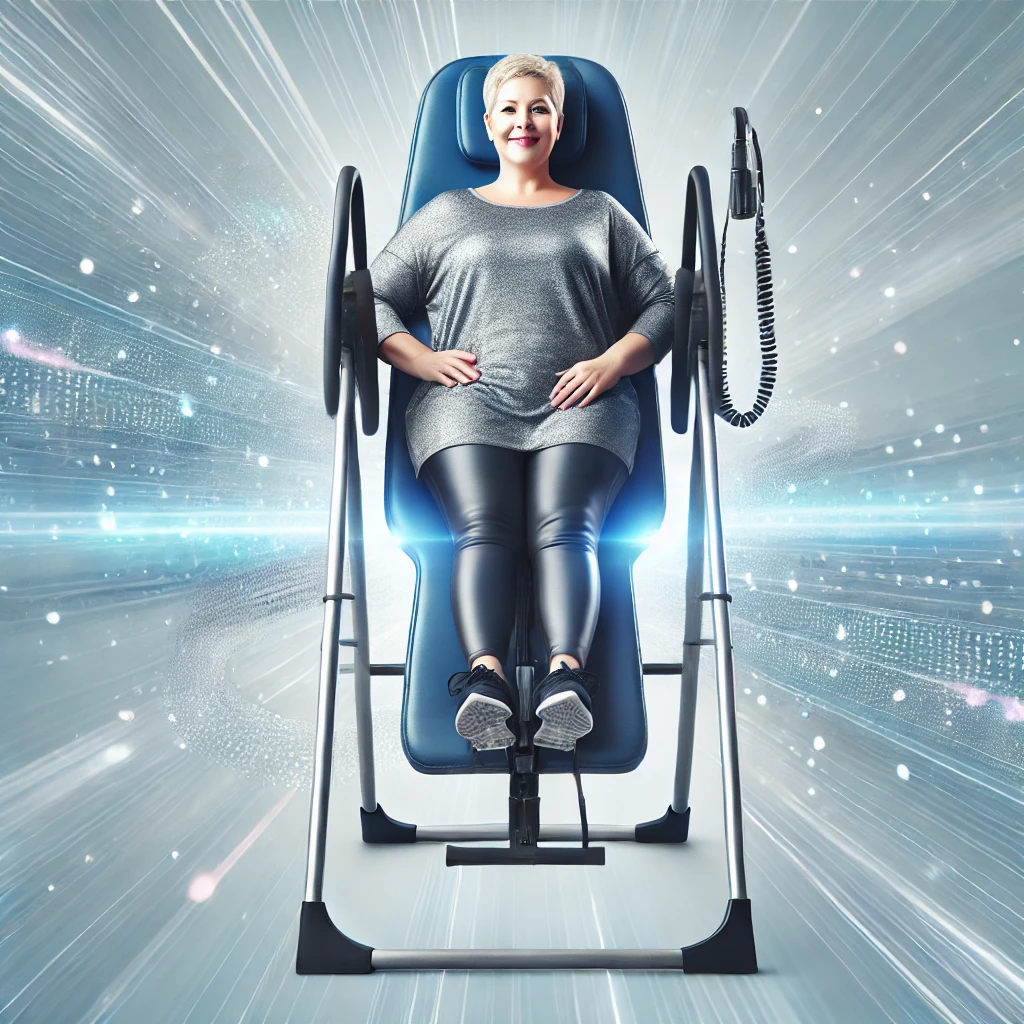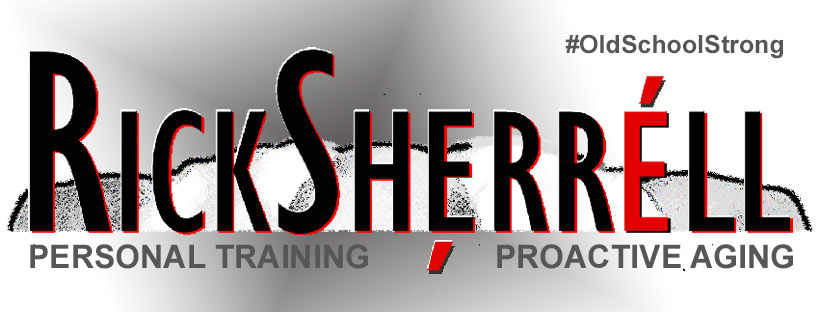
If you’ve ever dealt with a herniated disc, you know how brutal it can be—radiating pain, numbness, weakness, and discomfort that just won’t quit. But here’s the good news: Inversion therapy can be a game-changer when it comes to managing and potentially improving herniated disc symptoms.
What is a Herniated Disc?
Between each vertebra in your spine, you have discs that act as cushions, absorbing shock and allowing for smooth movement. When a disc herniates (also called a slipped or bulging disc), the soft inner gel pushes through the outer layer and presses on nearby nerves—causing pain, numbness, or weakness, often in the lower back or neck.
How Inversion Therapy Helps Herniated Discs
Inversion therapy gently decompresses the spine, creating space between the vertebrae and reducing pressure on the discs and nerves. Here’s why that matters:
✅ 1. Relieves Spinal Compression – Gravity constantly pushes down on your spine. Inversion reverses this pressure, allowing the discs to rehydrate and reducing compression on the nerves.
✅ 2. Creates Space for the Disc to Retract – By taking pressure off the herniated area, inversion can help the bulging part of the disc move back into its proper place, reducing nerve irritation.
✅ 3. Increases Circulation & Nutrient Flow – Decompression allows more oxygen, hydration, and nutrients to reach the discs, speeding up the healing process and keeping the spine healthier over time.
✅ 4. Relieves Nerve Pain – A compressed spinal disc can pinch nearby nerves, leading to sciatica, numbness, or tingling. By decompressing the spine, inversion therapy can reduce nerve impingement and relieve those symptoms.
✅ 5. Improves Spinal Alignment & Posture – Over time, poor posture and muscle imbalances can lead to disc issues. Inversion helps realign the spine, improving posture and reducing strain on the affected disc.
✅ 6. Strengthens Supporting Muscles – While inversion alone won’t build muscle, using it in combination with core strengthening exercises can help stabilize the spine and prevent future disc issues.
Important Considerations Before Using Inversion Therapy
- Start Gradually – Don’t go fully upside down right away. Start at 20-30 degrees for a few minutes and increase gradually.
- Use Proper Form – Relax, breathe, and let your spine gently decompress. Avoid jerky movements.
- Don’t Rely on It Alone – Combine inversion with core strengthening, mobility work, and proper posture.
- Check with a Doctor – If you have severe disc herniation, high blood pressure, or other medical conditions, talk to a doctor before trying inversion.
Final Thoughts: Can Inversion “Fix” a Herniated Disc?
While inversion isn’t a cure, it can be an effective tool for managing pain, reducing compression, and promoting disc healing—especially when combined with strength training, mobility work, and proper movement habits.
Your Next Move:
Try adding 2-3 short inversion sessions (1-5 minutes) per week and track how your back feels. Let gravity work for you instead of against you!
Want a full game plan for keeping your spine healthy, strong, and pain-free? Download my Proactive Aging Blueprint and start training smarter today!
PEACE.
Rick
